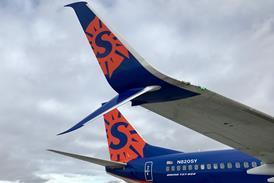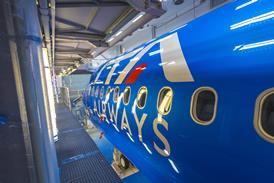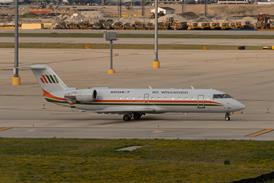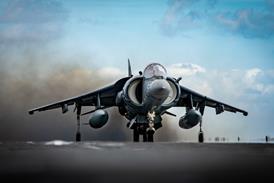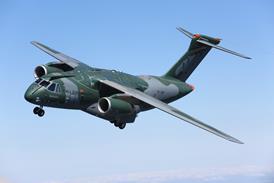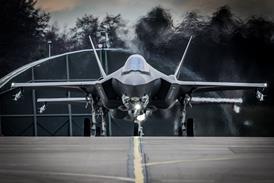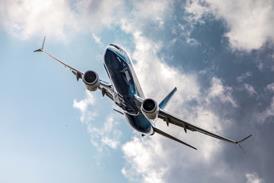
Andrea Spinelli/GENOA
Alenia is proposing development of a new version of the AMX combat aircraft for the export market. The company has already made proposals to South Africa and Venezuela for sale of the upgraded aircraft. At the same time the Italian air force is considering the future of the aircraft, with a reduction in fleet numbers and the upgrade of some earlier production aircraft topping the agenda.
The new export version, dubbed Super AMX, will include a range of improvements including a glass cockpit, wide angle head-up display and updated hands-on throttle and stick controls.
The completely revised avionics suite will see the addition of a global positioning navigation system, a new multimode radar provided by either Fiar of Italy or Elta of Israel, a fully integrated defensive aids suite, helmet mounted displays and the integration of several new weapons systems such as active medium range air-to-air missiles and stand-off missiles.
In addition, there are also studies on replacing the single Rolls-Royce Spey Mk 807 engine with a dry version of the Eurojet EJ200 engine being used in the Eurofighter EF2000. Although the avionics and cockpit changes have priority, the engine switch is attracting attention as the 20% extra thrust translates into benefits like a 40% improvement in take-off performance and at least a 20% increase in sustained turn rate. The downside includes reductions in combat radius and ferry range.
Single and two seat versions of the Super AMX have already been offered to South Africa following the decision by Pretoria to drop the requirement for supersonic speed for the 48 aircraft it is seeking.
Alenia is also holding discussions with the Italian air force about marketing more than 24 aircraft likely to be surplus to requirements once deliberations are complete on cutting the number of AMX in Italian service. As part of any deal, Alenia would update the aircraft, none of which is more than eight years old.
The air force has received requests from potential clients for up to 30 aircraft - including interest from Brazil, which already operates large numbers of AMX and is considering ordering a further batch of new aircraft. The aircraft was co-developed by Alenia and Embraer of Brazil.
The Italian air force is now debating how many of its 130 AMX to retain in service as shrinking funds and pilot numbers force it to rethink its force structure. The likelihood is that only four operational AMX squadrons and a dual role operational conversion unit/ operational squadron will remain, each operating at least 15 frontline aircraft and a two seat trainer. Talks centre on a 95-aircraft fleet, with 75 aircraft assigned to squadrons and 20 used for attrition and logistical reserve.
While moving to reduce its AMX fleet , the air force is also planning a stepped improvement programme to bring the aircraft up to a common standard. The first phase includes integration of a laser targeting pod, a new inertial navigation/global positioning system and expansion of the flight envelope. There are also discussions over replacing the current radar with the Fiar Scipio multimode radar already used on Brazilian AMX.
The air force is also discussing other options, including a reconnaissance suite and the possible acquisition of a variant of the Thomson-CSF Astac electronic intelligence pod.
Source: Flight International

